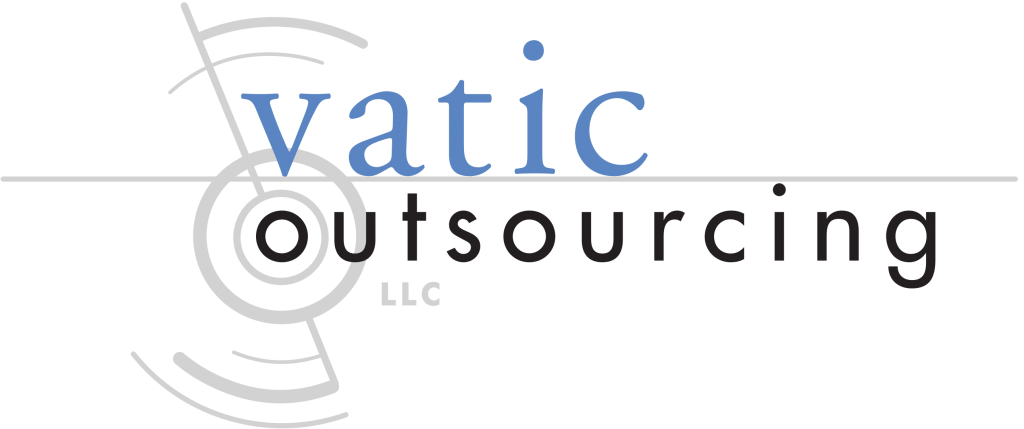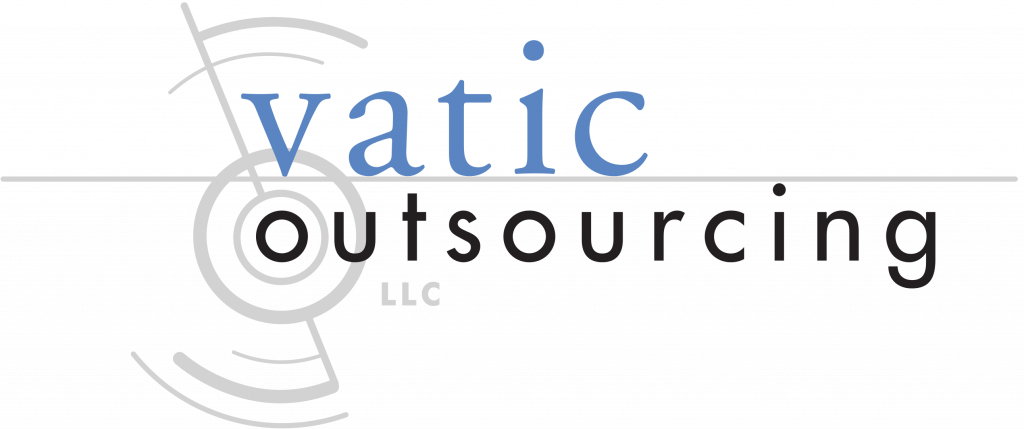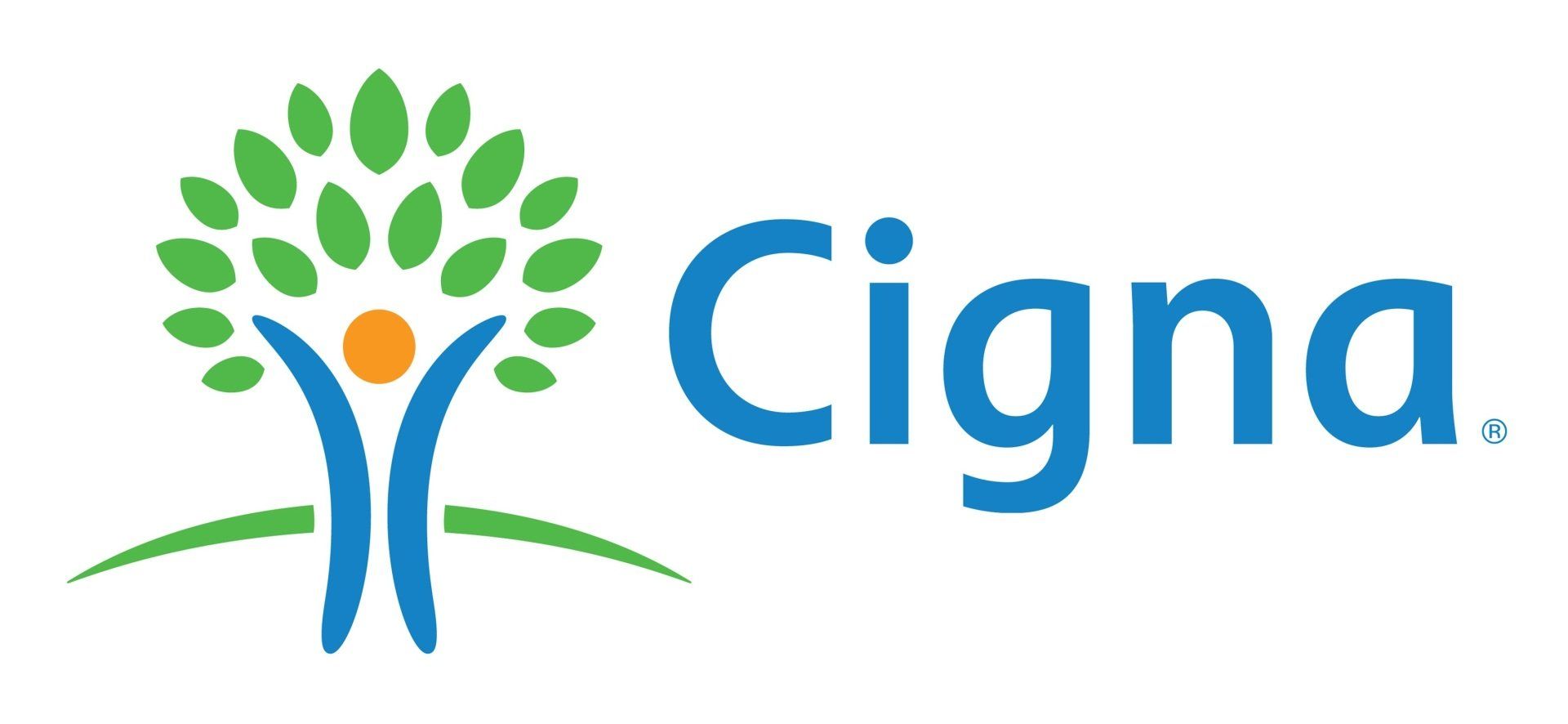Article's Content
What is Device Lifecycle Management?
- Acquisition
- Deployment
- Management and Maintenance
- Upgrades and Refreshes
- Security
- End-of-Life (EOL) and Disposal
What is Device Lifecycle Management?
Device Lifecycle Management (DLM) refers to the process of managing the entire lifecycle of electronic devices within an organization, from acquisition and deployment to maintenance, updates, and eventual retirement or disposal. This concept is particularly relevant in the context of IT and technology management, where organizations rely on various devices such as computers, servers, smartphones, tablets, and other hardware.
How Does it Work?
Effectively managing the device lifecycle helps organizations optimize their IT infrastructure, improve security, reduce costs, and ensure that technology remains aligned with business goals. Automated tools and systems are often used to streamline and facilitate device lifecycle management processes. The device lifecycle typically consists of the following stages:
Acquisition
This involves the procurement of new devices based on the organization's needs. It includes selecting the appropriate hardware, negotiating contracts with vendors, and ensuring that the devices meet the organization's specifications and requirements.
Deployment
After acquisition, devices need to be set up and deployed to end-users. This stage involves configuring the devices, installing the necessary software, and ensuring that they are integrated into the organization's network and systems.
Management and Maintenance
Throughout the device lifecycle, organizations need to manage and maintain their devices to ensure optimal performance, security, and compliance. This includes regular updates, patches, monitoring for security vulnerabilities, and addressing hardware or software issues.
Upgrades and Refreshes
As technology evolves, it becomes necessary to upgrade or refresh devices to keep pace with the latest advancements. This stage involves replacing older devices with newer ones or upgrading components to extend the lifespan and improve performance.
Security
Ensuring the security of devices is a critical aspect of device lifecycle management. This involves implementing security measures such as antivirus software, firewalls, encryption, and other safeguards to protect against potential threats and vulnerabilities.
End-of-Life (EOL) and Disposal
When devices reach the end of their useful life or become obsolete, they need to be retired and disposed of properly. This includes data wiping to ensure sensitive information is removed, environmentally responsible disposal, and compliance with regulations.
Benefits for Businesses
Device Lifecycle Management (DLM) offers several benefits to businesses, helping them effectively manage their IT infrastructure and maximize the value of their technology investments. Here are some key advantages:
- Cost Optimization: DLM allows businesses to optimize costs by ensuring efficient use of resources throughout the device lifecycle. This includes making informed decisions about when to upgrade or replace devices and minimizing unnecessary expenditures on outdated hardware or software.
- Improved Productivity: Well-managed devices contribute to improved employee productivity. Regular maintenance, updates, and performance monitoring help prevent downtime and ensure that devices operate at their best, reducing disruptions to workflow.
- Enhanced Security: Security is a critical concern for businesses. DLM incorporates security measures at every stage of the device lifecycle, from deployment to retirement. This proactive approach helps protect against cybersecurity threats and ensures that devices comply with security policies and regulations.
- Sustainability and Environmental Responsibility: Proper device lifecycle management includes environmentally responsible disposal practices for obsolete devices. This not only reduces the environmental impact but also aligns with corporate social responsibility (CSR) goals, enhancing the organization's reputation.
- Streamlined IT Operations: DLM streamlines IT operations by automating routine tasks, such as software updates and patches. This automation reduces the burden on IT teams, allowing them to focus on more strategic initiatives and higher-value activities.
- Extended Device Lifespan: Through proactive maintenance and upgrades, DLM helps extend the lifespan of devices. This can lead to cost savings by delaying the need for new purchases and maximizing the return on investment for existing hardware.
Device Lifecycle Management offers businesses a systematic and strategic approach to
BOYD management their technology assets, resulting in improved efficiency, cost savings, security, and alignment with business objectives.





